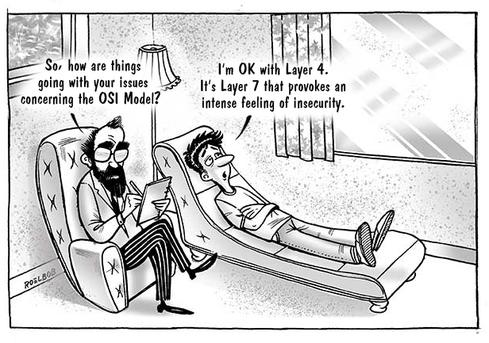99 Problems and Configuration and Telemetry Ain’t Two

Isn’t SNMP just great? I love monitoring my network using an unreliable transport mechanism and an impenetrable and inconsistent data structure. Configuring my devices using automation is equally fun, where NETCONF has been subverted into something so ridiculously vendor-specific (and again, inconsistent), that each new device type (even from a single vendor) can mean starting again from scratch. Is there any hope for change? OpenConfig says yes.
Monitoring The Network
Love it or hate it (hate it), SNMP remains the de facto standard for alerting and monitoring. I think we cling on to SNMP as an industry because we’re scared that any replacement will end up being just as clunky, and we’d simple be putting expensive lipstick on a particularly ugly pig. If we want to get rid of SNMP, whatever comes next will need to bring significant benefits.
Configuring the Network
If you’re dedicated to making changes manually, it’s likely you don’t care much about the mechanisms currently available to automate configuration changes. However, I can assure you that writing scripts to make changes to network device configurations is a frustrating activity, especially in a multi-vendor environment. I should add that I consider automating CLI commands and screen-scraping the Continue reading



